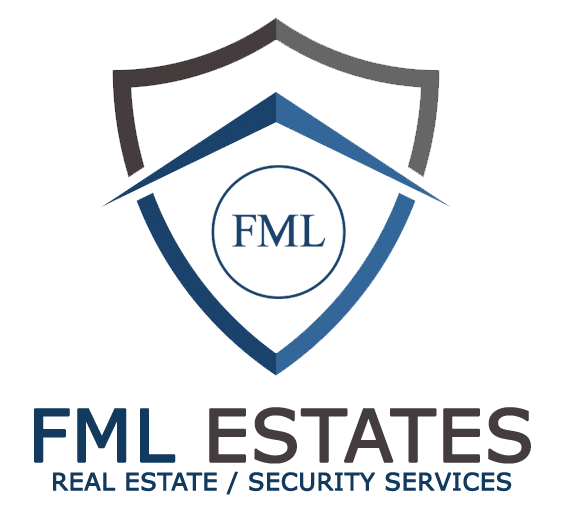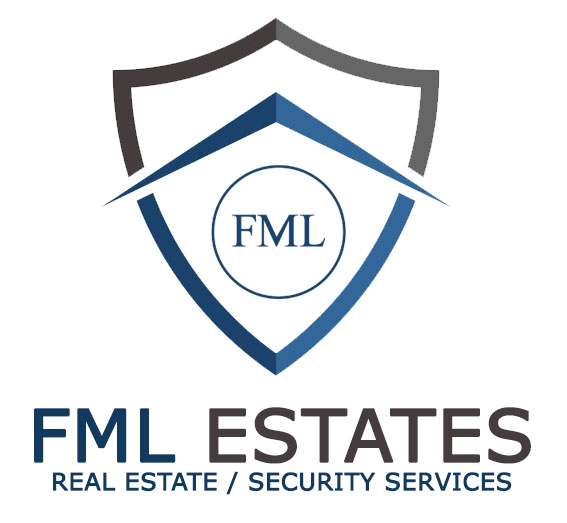- June 26, 2023
- Posted by: admin
- Category: Bookkeeping
This method also accounts for expenses related to the acquisition of customers, like marketing and sales costs, which can be capitalized and amortized over the expected customer lifetime. SaaS businesses often offer flexible billing options, including monthly, quarterly, or annual payments, which could be billed in advance or arrears. This requires more complex billing management and the ability to handle recurring invoices, unlike traditional one-time sales businesses. In traditional accounting, revenue is typically recognized at the point of sale. However, in SaaS accounting, What is Legal E-Billing revenue recognition is spread over the length of the subscription period as the service is delivered over time.
- While the subscription business model results in reasonably consistent annual income, monthly cash receipts can change drastically depending on what portion of your customers pay monthly or annually.
- Experiment and optimize your pricing to secure the largest customer base.
- Financial reporting and metrics are like the compass and map for your SaaS business.
- We offer top-notch SaaS accounting software, expert advice, and unwavering support to help your business move to the rhythm of financial success.
- These include customer management, HR, ecommerce, and inventory management.
Common SaaS pricing models (with examples)
Manage costs by factoring in expenses beyond the subscription fee, such as data migration, integration, and ongoing support. Setting clear expectations and maintaining open communication with your team will help ensure a smooth and efficient implementation. Factor in expenses like data migration, integration, training, and ongoing support. Regularly communicate with your team and stakeholders to ensure everyone is aligned and informed about the pricing.
SaaS Accounting: A Complete Guide for 2024
As a systems integrator, Deloitte has collaborated with SimplrOps to deliver differentiated services that help organizations unlock the full potential of their cloud investments. Utilizing service orchestration solutions like Moxo, and fostering collaboration across teams are key elements of a successful SaaS customer success program. Moxo’s streamlined workflows, automation capabilities, and secure platform empower SaaS customer success teams to deliver measurable value at scale. Implement surveys such as Customer satisfaction (CSAT) and Net promoter score (NPS) to gauge customer sentiment and identify areas for improvement. Additionally, engage customers through interviews and focus groups to gather qualitative insights.
Accounting for SaaS: What it is, how it works, software, and more
All that being said, a usage-based model can create challenges with metrics tracking and revenue unpredictability. Unless you have a dedicated usage-based billing tool like Togai, it will be extremely difficult to accurately meter and bill your customers based on their actual product usage. At the same time, this model also appeals to potential customers who want to pay for software according to their needs instead of being roped into a long-term—and expensive—contract. It’s about aligning your product’s value with what your customers are willing to pay.
SaaS companies must stay updated with the latest changes to ensure compliance with accounting principles. This includes understanding the implications of regulations like GDPR and CCPA and ensuring customer data is protected against breaches. Look for solutions with robust security features like encryption, two-factor authentication, and regular security audits. Choosing a provider that prioritizes data security helps protect your business and build trust with your customers. Clearly identifying your business requirements helps ensure the SaaS solution aligns with your specific needs, from basic bookkeeping to complex revenue recognition. Work with your chosen vendor or an implementation expert to develop a detailed migration plan.
- Businesses that invest in this approach will not only survive but thrive in an increasingly competitive environment.
- Instead of recognizing revenue at the point of sale, SaaS companies recognize it over the subscription period, aligning with the service delivery model.
- You can now get real-time insights into your business’s financial health using Software as a Service (SaaS) accounting software solutions.
- In larger teams, the job may fall to less experienced employees or those without a technical background.
Looking for outliers and variances that exceed expectations can help you spot missing or inaccurate data, catch inaccurately-booked expenses, and potentially identify fraud. And beyond just QAing the data, flux analysis gives accountants an opportunity to surface strategic insights to the rest of the org about the past month’s performance. Processing payroll is an ongoing mission-critical task for any accounting team. And for a SaaS business where headcount may make up 70% to 80% of total expenses for the company, it’s among the biggest opportunities for accountants to add strategic value. Record expenses for employee compensation, payroll and other taxes, and benefits payments in your books continuously.
Accounting For Software Companies
For example, you’ll need to generate the following reports every month to follow GAAP guidelines. SaaS accounting is complicated enough without users being overwhelmed with repetitive manual tasks. SaaS companies have specific needs for accounting software and should look for tools with the following features. The biggest accounting tools will be suitable for every kind of business. However, smaller providers may specialize their software to meet specific needs. You can find accounting software that focuses on e-commerce stores, for instance, or B2B software providers.
- Prior to the second quarter of 2021, the average SaaS startup needed about $340k of ARR, with a 12 month trailing growth rate of about 600% to raise a seed round of financing.
- By synchronizing pricing directly with its clients’ revenue, Baremetrics emphasizes a data-driven strategy that supports revenue growth and enhances the lifetime value of its customers.
- This system is simple to maintain, making it a popular choice for small businesses and startups.
- One best practice for any high-growth company is to invest in tools that scale alongside the company.
- Software as Service companies need to regularly produce three major financial statements.
Many people incorrectly think that a SaaS company “only” has Deferred Revenue (DR) to reflect the cash collected from customers but not yet recognized as revenue. Are you a business owner struggling to streamline your financial and HR processes? Dealing with these challenges takes solid systems, expert knowledge, and proactive management. By tackling these common hurdles directly, SaaS companies can build a strong financial foundation that supports sustainable growth. We’ve helped numerous SaaS companies implement rolling 13-week cash flow forecasts. This approach provides a clear view of your short-term cash position and helps identify potential pinch points that could impact your financial stability.
View All Consumer Products & Retail
For SaaS startups, gross margin is a crucial accounting metric to track because it indicates the efficiency and scalability of their business model. A high gross margin means that the startup is able to generate revenue from its products or services at a low cost, which makes it more profitable and sustainable in the long run. Additionally, a high gross margin also indicates that the company has room to invest in growth, such as sales and marketing efforts, R&D, and hiring new employees. SaaS companies require crucial accounting features like subscription billing, CRM integration, online payment processing, and cash flow management.
SaaS products need to have a strong hold on their data as their business changes rapidly month-to-month. Using specific business metrics tools for SaaS is a must when running your SaaS accounting. Once you’ve implemented your SaaS accounting solution, the work doesn’t stop there. Regularly evaluating its effectiveness is crucial for maximizing its benefits and ensuring it continues to meet your evolving business needs. This involves tracking key metrics and committing to ongoing improvement and optimization.

